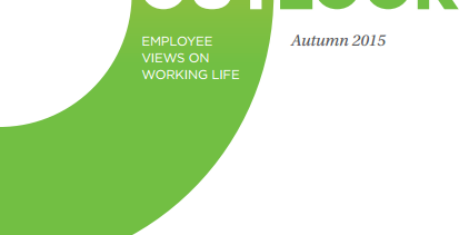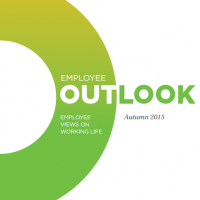November 10, 2015
Employers have dodged UK recruitment crisis threat, claims CIPD 0
 Salaries are not likely to increase much next year, and despite predictions of a recruitment shortage, vacancies are still relatively easy to fill, the latest Labour Market Outlook from the CIPD claims. The quarterly survey of more than 1,000 employers shows that across all sectors just fifteen percent of current job vacancies are proving difficult to fill. It also reveals that, outside a limited number of industries, UK employers continue to be able to recruit the workers they need without significantly hiking wages and that median basic pay rises of just 2 percent are predicted by employers in the 12 months to September 2016. The research suggests that in general, most businesses are seeing a steady flow of suitable candidates, despite unemployment falling to a seven-year low in October and despite a slight year on year increase (44 percent – 49 percent) in the number of employers reporting any hard to fill vacancies.
Salaries are not likely to increase much next year, and despite predictions of a recruitment shortage, vacancies are still relatively easy to fill, the latest Labour Market Outlook from the CIPD claims. The quarterly survey of more than 1,000 employers shows that across all sectors just fifteen percent of current job vacancies are proving difficult to fill. It also reveals that, outside a limited number of industries, UK employers continue to be able to recruit the workers they need without significantly hiking wages and that median basic pay rises of just 2 percent are predicted by employers in the 12 months to September 2016. The research suggests that in general, most businesses are seeing a steady flow of suitable candidates, despite unemployment falling to a seven-year low in October and despite a slight year on year increase (44 percent – 49 percent) in the number of employers reporting any hard to fill vacancies.




















 In years gone by, a ‘one size fits all’ approach to office design might have been the norm, but as the decades have progressed, so too have the options available to businesses designing ‘homes from home’ for their office-based workforces. As new interpretations of the office environment proliferated, so the open plan model came to into being and eventually evolved into the default office design model. This initially brought greater variety than ever before but, ultimately, a one size fits all mentality in
In years gone by, a ‘one size fits all’ approach to office design might have been the norm, but as the decades have progressed, so too have the options available to businesses designing ‘homes from home’ for their office-based workforces. As new interpretations of the office environment proliferated, so the open plan model came to into being and eventually evolved into the default office design model. This initially brought greater variety than ever before but, ultimately, a one size fits all mentality in 

















November 9, 2015
Business success is progressively less related to employment levels 0
by Mark Eltringham • Comment, Technology, Workplace, Workplace design
If you want to understand exactly how the economy has changed over the last few decades, one of the most important statistics is also one of the least remarked upon. It is the growing disconnect between a firm’s earnings and the number of people it employs, a statistic that puts paid to the lie that people are an organisation’s greatest asset. Once upon a time, of course, there was a direct correlation of one sort or another between the a firm’s revenue and the number of people it employed and consequently the amount of space that it took up. This was especially true for the world’s great manufacturers and other industries engaged in what was once proper work; moving, creating, destroying and maintaining things. Growth and success meant more employment and more space. There were economies of scale but the upshot was more or less an arithmetic progression in employment based on earnings.
More →